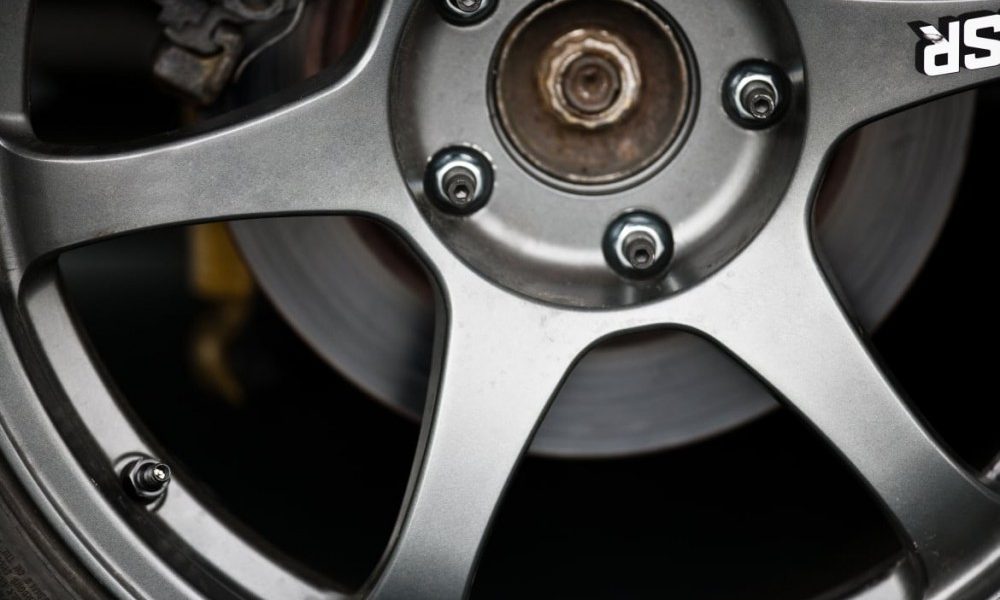In many parts of the country, a bent rim is the most common problem drivers experience with wheels, especially during the late winter/early spring pothole season in the Snow Belt. That’s why dealers now sell tire and wheel insurance for new cars.
We’ve seen claims that alloy wheels are more prone to bending than heavier steel wheels, and we’ve seen opposing claims that steel bends more easily than alloy (a blend of aluminum and other metals). Suffice to say that any wheel can bend if it hits a pothole or curb hard enough.
Alloy wheels are now more common on new vehicles than steel because they enhance a vehicle’s appearance and performance (because they’re lighter). But they usually come with low-profile tires that provide little cushion against bumps and potholes. That means that the larger your wheel diameter — say, 18 or 19 inches or more — the greater the risk that an alloy wheel could be bent or cracked by impacts. Steel wheels are usually shod with higher-profile tires that provide more cushion against damage.
As wheel size increases, the overall diameter of the tire has to shrink an equal amount to maintain clearance so the tire doesn’t hit the wheel well, brakes or suspension. That’s accomplished with a lower tire profile (or aspect ratio). If the standard wheel is 16 inches in diameter and the tire is 215/60R16, going to a 17-inch wheel could require a 225/50R17 tire. A key difference is that the aspect ratio changes from 60 to 50, meaning the height of the sidewall shrinks to 50 percent of the width of the tread; the smaller sidewall increases the chance that road hazards can damage the wheel.
Alloy wheels can also corrode and suffer pitting from exposure to road salt, moisture and over-aggressive cleaning that wears off the clear-coat finish. They can also discolor over time from accumulated brake dust or general neglect. Alloy wheels are exposed to physical damage, such as scraping a curb when parking (the dreaded “road rash”). Steel wheels are often protected by plastic wheel covers that provide a barrier against such physical damage.
Out of sight and out of mind, though, doesn’t mean steel wheels are safe and sound. Dirt, brake dust and moisture can build up behind the wheel covers and cause rust.
Corrosion is more than an appearance issue. Tires can develop a slow leak if the tire bead can’t tightly seal against the wheel because the wheel rim has corroded too much.
Whether an alloy wheel is more susceptible to damage than a steel wheel isn’t a slam dunk, but the cost of replacing one is. Most steel wheels can be replaced for less than $100. Many factory alloy wheels or good quality aftermarket wheels cost twice that, with some running several hundreds of dollars.



Leave a Reply